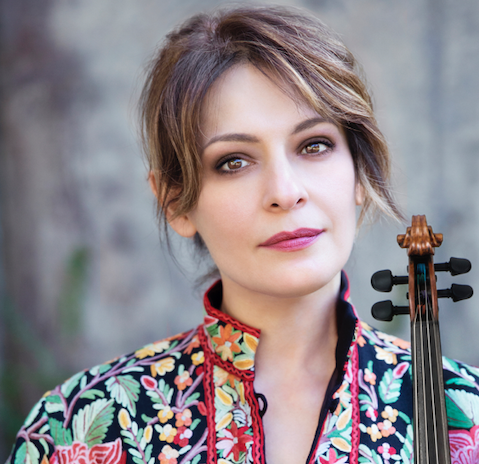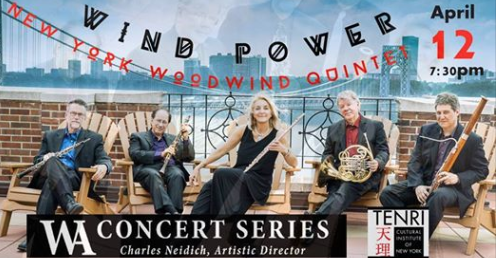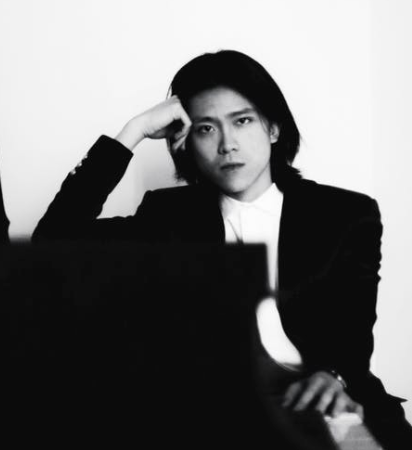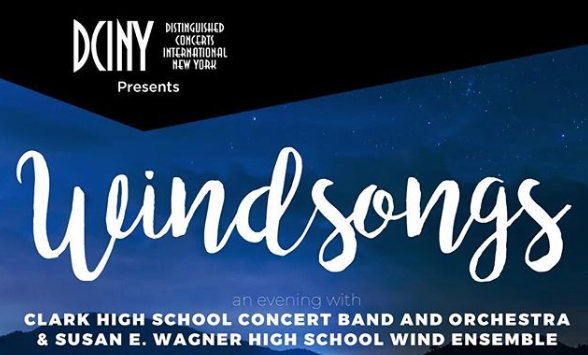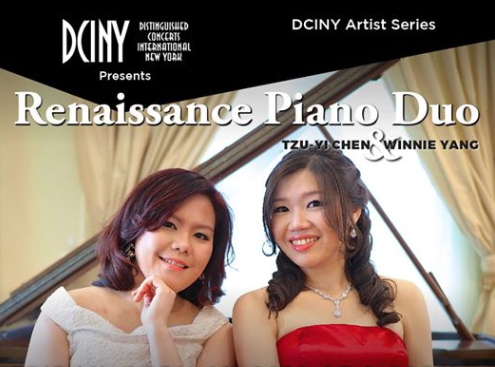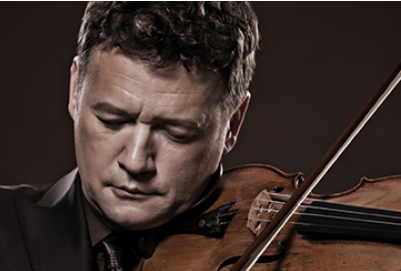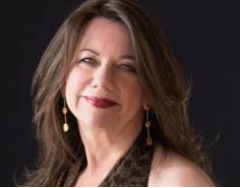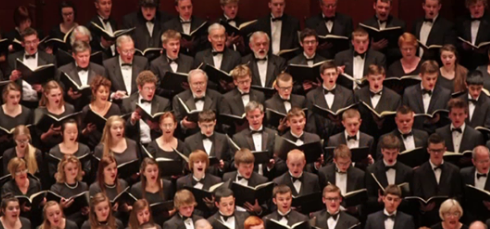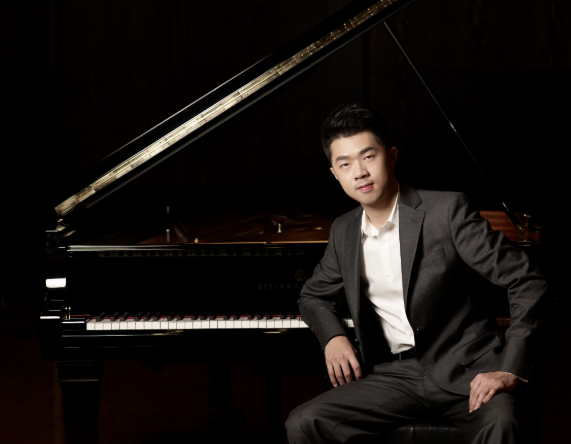Irina Muresanu, violin
Romanian Cultural Institute, New York, NY
April 12, 2019
This event was the first in a new concert series presented by the Romanian Cultural Institute called “The Enescu Soirees of New York.” To paraphrase the printed program, these concerts will be designed to showcase cultivate and promote Romanian music through chamber music concerts featuring Romanian, American and international performers. The namesake of the series honors Romania’s most prolific and revered composer, George Enescu. Tonight’s soloist, violinist Irina Muresanu, is the series musical advisor.
And what a beautifully constructed program she chose for this inaugural concert. Called “Four Strings Around, the World,” a showcase of works for solo violin by composers from four continents with pieces inspired by the folk music of Europe, the Middle East, Asia and the Americas. (It is available on a just issued Sono Luminus CD.) Fittingly, the first work was Enescu’s Romania – Airs in Romanian Folk Style. Although composed in 1926, this evocative composition remained in manuscript form until it was published in 2006. This was its American premiere. I say evocative because its combination of rhythms, bent notes (notes that to us sound slightly “out of tune”) and rubato phrases immediately told us that this work was from Eastern Europe. (In fact, “evocative” could be applied to all of the folk-song-derived works on this concert.) Ms. Muresanu produces a voluptuous rich sound and I was most impressed by her impeccable control while playing violin harmonics. It took but a few minutes to realize that we were hearing a master violinist.
We then moved on to Ireland with David Flynn’s Tar Éis an Caoineadh (After the Keening). Written in one continuous movement, this work consists of four dances which might have taken place at a traditional Irish wake after the ritualized keening (mournful display of sorrow and wailing). Traditional Irish wakes were a celebration of the life of the deceased and often had professional keeners, lots of alcohol, and lots of music. Each dance illustrated techniques employed by famous Irish fiddlers including droning double-stops, playing near the violin’s fingerboard (sul tasto) and near the bridge (sul ponticello). I again marveled at Ms. Muresanu’s fabulous technique. Needless to say, the work ended with a joyous Irish jig.
Departing from the folk music theme of this recital, Ms. Muresanu then performed J. S. Bach’s monumental Chaconne in D minor from his Partita BWV 1004. After hearing her performance of the first two works, I wasn’t surprised that she was up to the many technical hurdles of this most demanding masterpiece. The string crossings, and the double and triple stops were perfectly executed with seeming ease, but I found the performance, with its use of lots of vibrato and big crescendos, too romantic in style. However, as she kept the audience mesmerized for almost fifteen minutes and then received one the evening’s longest and enthusiast round of applause, I’ll stop my Baroque nitpicking.
After a brief intermission we began a musical and visual tour which took us to Iran, India, China, Argentina, and the United States of America. The visuals which preceded each piece were projected on a screen behind the performing space. They included pictures from each country, audio of the type of music on which the works we were to hear were based, and printed text about this music. While this was happening, Ms. Muresanu would be off stage changing into clothes suggesting the country whose music she would be playing. This was a wonderful touch.
Iran (Persia) was first on this tour. As with most of the folk-influenced works on tonight’s program, Reza Vali’s Calligraphy No.5 utilizes a musical scale which differs from that used in compositions such as Bach’s Chaconne in D minor. As a scale is determined by how the octave is divided (how many pitches are used, and what are the relative frequencies of these pitches), the more a culture’s scale differs from that we are used to, the more exotic it sounds. I marveled as to how Ms. Muresanu, a “classically” trained musician who has spent a lifetime playing the notes of “our scale” in tune, performed Mr. Vali’s carefully notated “out of tune notes” with such confidence and skill. She had already shown this skill playing the “bent notes” during the two folk-like works on the concert’s first half.
Next on to India for Shirish Korde’s Vák (for solo violin and electronic drone.) As much of Indian music utilizes a drone (one or two notes continuously sounded throughout a piece), Ms. Muresanu’s performance was supported by a two-note drone prerecorded on her mobile phone. Then on to the music of China, which utilizes a pentatonic (five-note) scale. But, to me, Bright Sheng’s The Stream Flows didn’t sound very Chinese. I thought I heard many half-steps (intervals like B to C) which are not found in the pentatonic scale. And Astor Piazzolla’s Tango Étude No.3 didn’t evoke the dance that I know, but the flower on Ms. Muresanu’s dress did.
Although I found the last three works less interesting than those of the rest of the program, I was still kept engaged by the magnetism of Ms. Muresanu’s playing, always exhibiting a rich sound, impeccable technique and beautiful phrasing.
This wonderful concert concluded with two contrasting works from the USA. The first, Oshta (Four) by Jerod Impichchaachaaha’ Tate. Born in Norman, Oklahoma, Mr. Tate is a citizen of the Chickashaw Nation who has infused his music with aspects of his American Indian heritage. Quoting Mr. Tate: “Oshta is the Chickashaw word for the number Four and became the title of this work in the spirit of [Irina Muresanu’s] Four Strings Around the World project.” Oshta, based upon a 19th century Choctaw church hymn, was for this reviewer the evening’s most beautiful work.
The concert’s finale was a foot stompin’, rip roarin’ rendition of Mark O’Connor’s rousing The Cricket Dance. This was Bluegrass fiddling at its best, as Ms. Muresanu, country music hat on her head, pulled out all the stops.
What an auspicious beginning to this new concert series whose next concert will be a June 7th recital by the Romanian-Nigerian pianist Rebeca Omordia.

